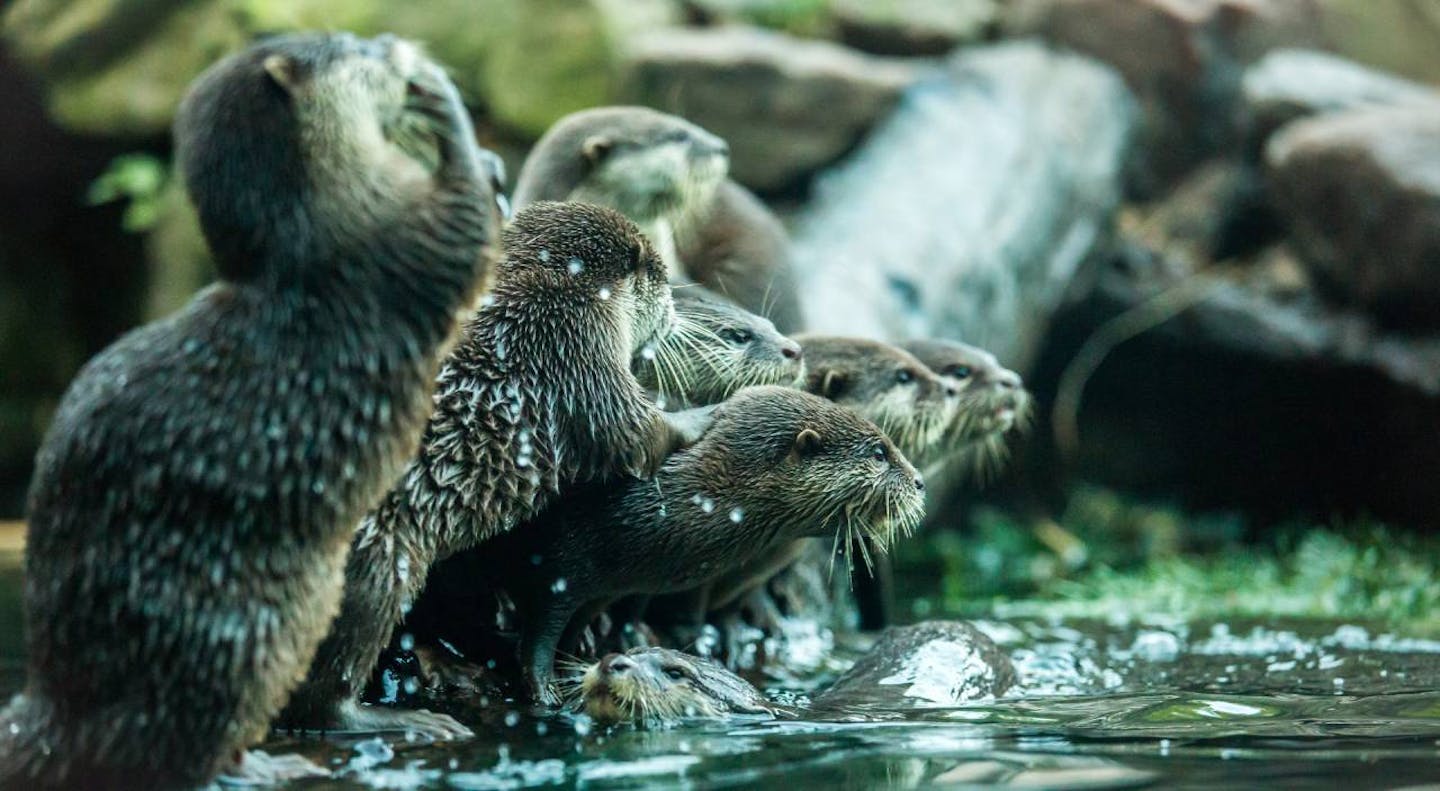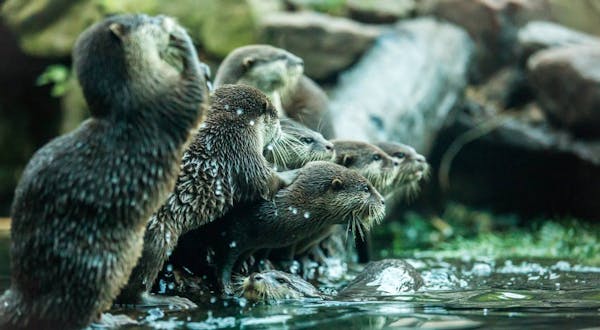Animating the Carbon Cycle - Supercharging ecosystem carbon sinks to meet the 1.5°C climate target
- Nature Conservation
- Ecosystem Restoration
- Species Rewilding
- Biodiversity
- Science & Technology
- Wildlife
As an official implementing partner of the United Nations Decade on Ecosystem Restoration, the Global Rewilding Alliance’s 130+ members are excited to announce the second annual World Rewilding Day. This year’s World Rewilding Day highlights the power of healthy wildlife populations in solving the climate emergency.
To meet the 1.5°C global climate target we need the help of a range of wild animal species to facilitate the capture of excess carbon dioxide already in the atmosphere. It is not enough with going renewable, halting deforestation and land conversion. Scientific research is now showing that by restoring wildlife populations to significant, near historic levels, we have the potential to supercharge climate mitigation through a process known as Animating the Carbon Cycle.
To illustrate this, the Global Rewilding Alliance released a publication Animating the Carbon Cycle - Supercharging ecosystem carbon sinks to meet the 1.5°C climate target. It summarizes the current knowledge of how wildlife helps the climate. Providing examples from fish, sharks, whales, and sea otters in the ocean to wildebeest, forest elephants, beavers, musk oxen, and wolves on land. It even describes how invertebrates facilitate carbon capture and provides quantitative figures about potential net carbon withdrawal.
These case studies are merely scratching the surface - a large range of animals the world over could be considered "high-potential" in terms of their beneficial impact on carbon cycling, from mammals and birds to fish, reptiles, and invertebrates. The majority of these require further research before the scale of their impact can be more accurately defined.
The booklet also identifies how you can help mainstream the idea of ‘animating the carbon cycle’ in the climate debate. It also gives some examples of what needs to happen in policy and decision-making to enhance nature-based climate solutions.
“We invite all decision makers involved in international negotiations on climate and biodiversity to recognize that there is a critical solution that addresses both crises – animating the carbon cycle through rewilding,” Wagner urged.
One Earth provided a grant to the scientific team for a two-year research program to identify the technical potential of carbon removal through the reintroduction of 20 keystone species.
Download the Publication

.jpg?auto=compress%2Cformat&h=600&w=600)

